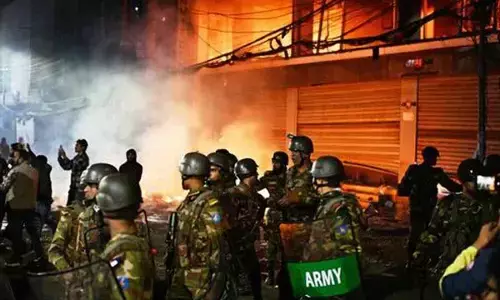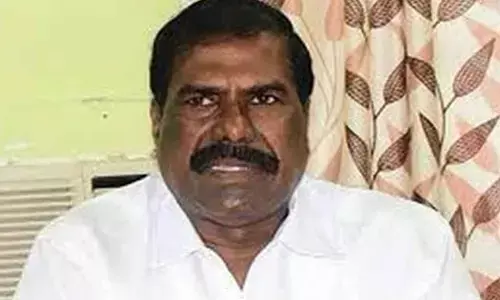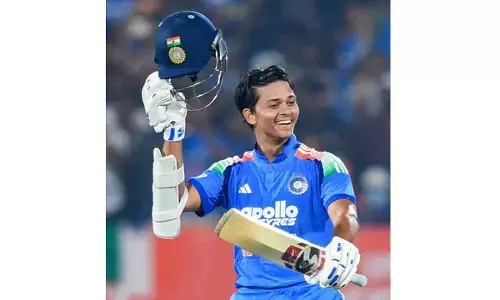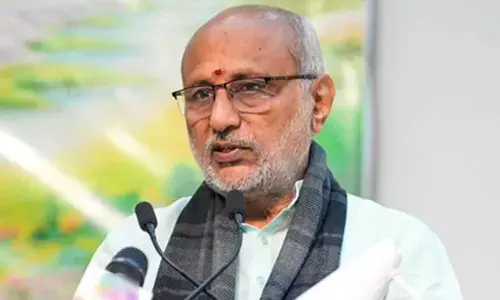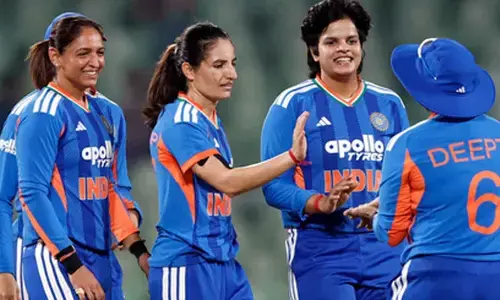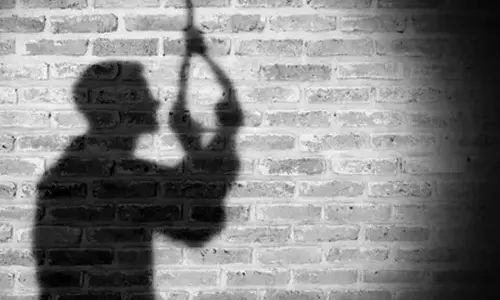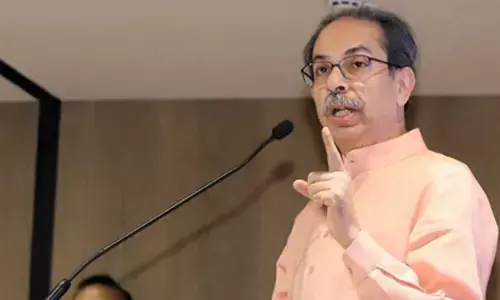India’s standing on literacy chart

he year 2016, marks the 50th anniversary of International Literacy Day and UNESCO is celebrating it under the banner “Reading the Past, Writing the Future”.
The year 2016, marks the 50th anniversary of International Literacy Day and UNESCO is celebrating it under the banner “Reading the Past, Writing the Future”.
International Literacy Day 2016 celebrates and honours the past five decades of national and international engagement, efforts and progress made to increase literacy rates around the world.
It also addresses current challenges and looks to innovative solutions to further boost literacy in the future. Fifty years ago, UNESCO was officially decided at the November 7, 1965 to celebrate September 8 of every year as International Literacy Day.
Why International Literacy Day is celebrated
Celebrating the International Literacy Day is to promote the human attention towards the literacy and known their rights for social and human development. Literacy is as important as food to be alive and success. It is too necessary to eradicate poverty, lowering the child mortality, controlling the population growth, attaining the gender equality and etc.
Literacy has the ability to raise the family status and hence the country status too. It is celebrated to actively mobilise the international community and to promote literacy as an instrument to empower individuals, communities and societies. The day is being celebrated specially to rememorise the status of the literacy and adult education to the international community.
Importance of literacy
According to the global monitoring report over education reveals that one among the five man and two third women is illiterate. However, some of them have minimum literacy skills, some children are still out of school and some are irregularly attending the school. South and West Asia is noted to have the lowest adult literacy rate of about 58.6 per cent. The countries with lowest rate are Burkina Faso, Mali and Niger.
Now International Literacy Day is celebrated worldwide, bringing together governments, multi- and bilateral organisations, NGOs, private sectors, communities, teachers, learners and experts in the field. On this day also International Literacy Prizes are awarded to people with outstanding solutions that can drive literacy towards achieving the 2030 Education Agenda. This year the focus is on innovation.
This is the first year of implementation of the 2030 Agenda for Sustainable Development. In this context the vision of literacy is aligned with lifelong learning opportunities with special focus on youth and adults. Literacy is a part of Sustainable Development Goal 4, which aims to “ensure inclusive and equitable quality education and promote lifelong learning opportunities for all”. The target is that by 2030 all youth and a substantial proportion of adults, both men and women, achieve literacy and numeracy (SDG Target 4.6).
Some bare facts about India literacy
While millions are yet to come under the literacy bracket and the government battles for a digitised literate, and a financially- able India, let us look at how far the country has come in terms of literacy rate since independence.
- According to a survey, India's literacy rate increases "lethargically".
- India is home to largest population of illiterate adults in world – 278 million amounting to 37 per cent of the global total.
- A 1990 study estimated that it would take until 2060 for India to achieve universal literacy.
- According to the 2011 census, India had a literacy rate of 74.04 per cent.
- 47.78 percent out of school children are girls. In the next census they will be calculated as illiterate women, which would then have ripple effect on the education of their children.
- In the year 2014, the literacy rate of India increased by 10 percent.
- According to 2011 census, the top five most literate states are: Kerala with a literacy rate of 93.91 per cent, Lakshadweep at 92.28 percent, Mizoram at 91.58 per cent, and Tripura at 87.75 percent and Goa at 87.40 per cent.
- Delhi comes on the 9th position with 86.34 per cent literate people.
- The states of Bihar and Telangana stand at the lowest positions with only 63.82 per cent and 66.50 per cent literate people respectively.
- Bihar, Jharkhand and Uttar Pradesh are amongst the bottom five states in terms of literacy Dalits.
- The literacy rate of female Dalits in Bihar is 38.5 per cent in 2011. It is far behind India’s progress trend. It is still 30 years behind the India’s national literacy rate which was 43.7 per cent in 1981.
- India’s improvement in crude literacy rate has been phenomenal (48.22 percentage points) in post-independent India. The corresponding increase in case of males has been of 46.32 per cent and among females it is of 49.66 per cent.
- Since 1951, the overall literacy rate has gone up from a mere 18.33 per cent to 74.04 per cent. On an average literacy rates have went up by at least 9-10 per cent every decade.
- With the highest jump can be seen from 1991 to 2001 to 12.62 percent.
- It is important to note that in 1951,1961 and 1971 censuses, ages 5 and above are considered for the literacy ratio calculation, while after that – 1981,1991,2001 and 2011 – ages seven and above are considered for the calculation.
- Male literacy rate grew from 27.16 per cent in 1951 to 82.14 percent in 2011.
- Female literacy rose from a puny 8.86 per cent in 1951 to 65.46 percent in 2011.
- 40 per cent of literate population took Arts, Humanities and Social Science undergraduate level in 2014-15, as against 17.34 takers for Engineering & Technology, 14.53 per cent for Commerce and only 4.11 per cent for IT & Computer –related fields.
- 60 lakh children in India are still out-of-school.
- 92 per cent government schools are yet to fully implement the RTE Act.
- India is ranked 123rd out of 135 countries in female literacy rate.
- In South Asian region, India ranks fourth, behind Sri Lanka with female- male ratio of 0.85
- The percentage of women to the total number of school teachers has gone from 29.3 per cent in 1991 to 47.16 per cent in 2013-14.









